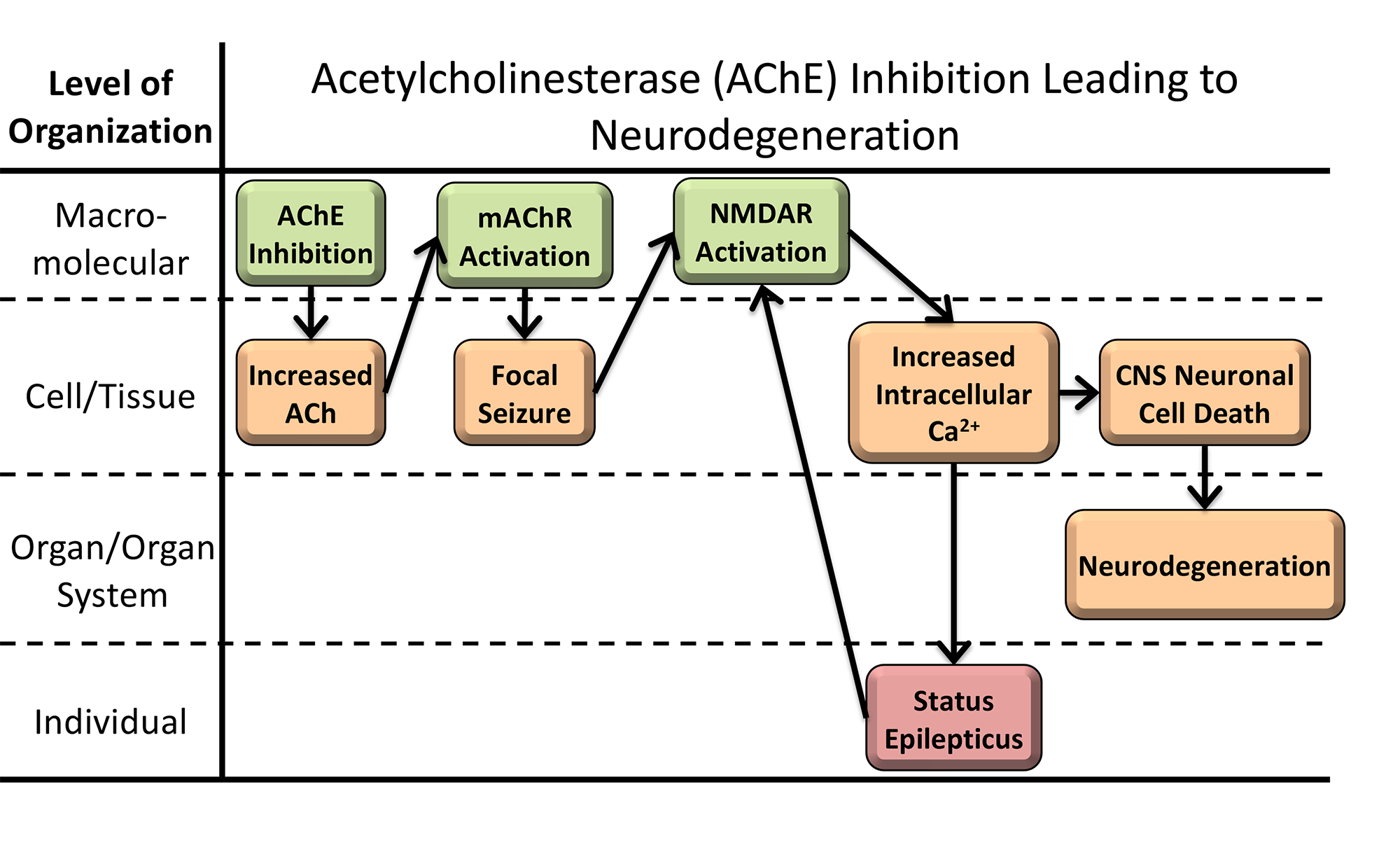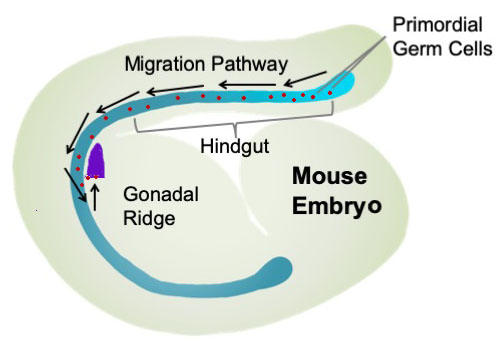
K. Watanabe Research Lab
Main Content
Research Highlights
Acetylcholinesterase Inhibition Adverse Outcome Pathway (AOP)
Acetylcholine regulates a wide variety of processes in our bodies such as muscle activation. An enzyme called acetylcholinesterase (AChE) eliminates acetylcholine, but some chemicals (e.g., pesticides and nerve agents) inhibit AChE. Too much acetylcholine causes a variety of adverse effects such as seizures, and paralysis. Our goal is to understand the range of sub-lethal adverse outcomes that may arise due to AChE inhibition by developing a quantitative AOP model that can be used to predict effects of different levels of AChE inhibition. This research is supported by a cooperative agreement with the U.S. Army Corps of Engineers.
New College Environmental Health Science Scholars (NCEHSS)
The New College Environmental Health Science Scholars program provides summer research training for place-bound undergraduate students in the Phoenix metro area. This program is directed by multiple PIs: Pam Marshall, Jennifer Hackney Price, and Karen Watanabe. Our goal is to provide research experiences and professional development training that inspires students to pursue careers in environmental health sciences. Click here for more information about Dr. Watanabe's NCEHSS summer projects. This program is supported by a grant from the National Institute of Environmental Health Sciences.
CC3D Model of Ovarian Development
Reproduction is vital to species survival, and proper ovarian development is crucial for viable egg production. We developed a cell-based, computational model that simulates early ovarian development in mice (Wear et al. 2016 and 2017). We continue to expand this model and include additional regulatory networks with a goal to predict how changes in molecular-level biological processes affect ovarian development, and oocyte growth and maturation. A predictive computational model will help to reduce the number of animals used in biomedical research. This research was supported in part by the Alternatives Research and Development Foundation, and the U.S. Army Environmental Quality and Installations 6.1 Basic Research program.


